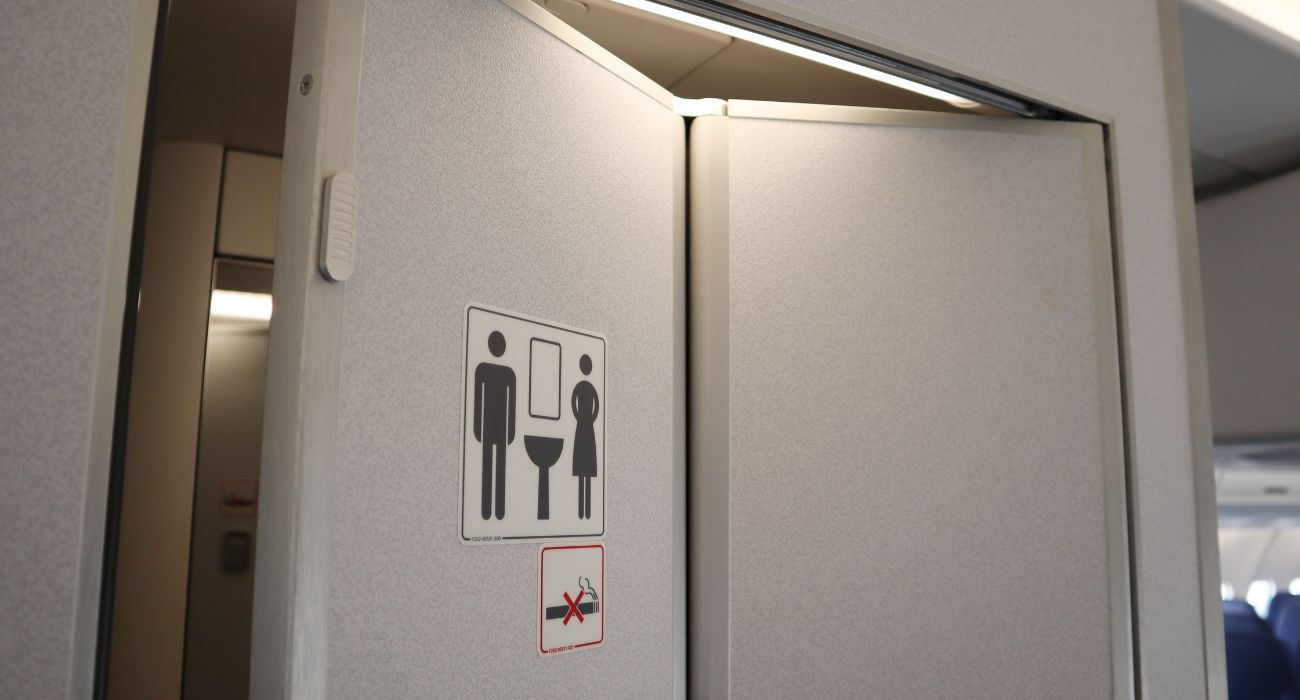Russia and Saudi Arabia are extending their oil production cuts through the end of the year, taking 1.3 million barrels of crude off the global market.
The agreement between the world’s two biggest oil exporters earlier this week pushed benchmark Brent crude to over $90 a barrel, the highest it has been since last November, according to the Associated Press. The two oil exporters announced their cuts separately.
Russian Deputy Prime Minister Alexander Novak said Moscow would continue cutting 300,000 barrels of oil a day, per Russian state-run news agency TASS.
The extension of the output cut “is aimed at strengthening the precautionary measures taken by OPEC+ countries in order to maintain stability and balance of oil markets,” claimed Novak.
The Saudi announcement was made through the country’s press agency. It also cited supporting OPEC+ objectives, per the AP.
The two nations have made output decisions in tandem over the last year, in defiance of President Joe Biden’s warning that there would be “consequences” for Saudi Arabia if it coordinated production cuts with Russia.
White House National Security Advisor Jake Sullivan would not comment on the production cut announcement. Still, he did say that the administration had been in contact with Saudi officials and that Biden would utilize “everything within his toolkit” to help Americans facing higher energy prices due to the oil cut, according to the AP.
Since July, most Russian crude has been trading above $60 a barrel, the price cap set by the G7 last December to punish Russia and squeeze its economy over its invasion of Ukraine, according to Bloomberg. Russian flagship crude is selling at $74 a barrel, up from about $56 during the first six months of the year.
The cap was enforced by requiring any ship transporting Russian oil to show proof that the oil on board was priced below the limits to be insured by Western insurers.
After the sanction, Russia was forced to cut exports as it could not find enough ships to transport everything it could produce. However, Russia has since pivoted to domestic and non-Western shipping and a “dark fleet” of tankers with opaque ownership, per Reuters.
The G7 has not reviewed the price cap since March and reportedly has no intention of making adjustments to how it is implemented in the near future, according to Reuters.
The Biden administration insisted that the price cap is still serving its primary purpose of reducing Russia’s oil revenue by making it so buyers can command bigger discounts from Russia than they could otherwise negotiate, reported Bloomberg.
“We don’t measure its success just by how many molecules of oil travel under the cap specifically,” said Eric Van Nostrand, acting assistant secretary for economic policy at the U.S. Treasury Department, per Bloomberg. “We view it as a market mechanism for changing the oil market’s incentives.”






